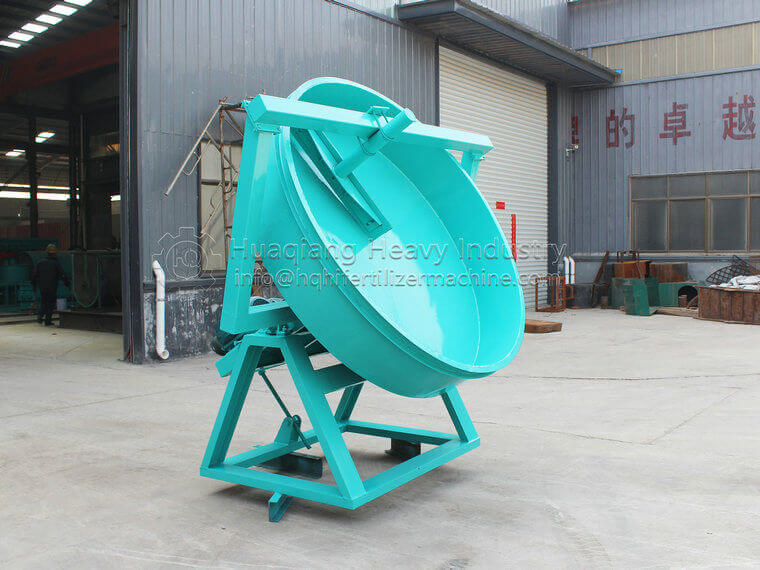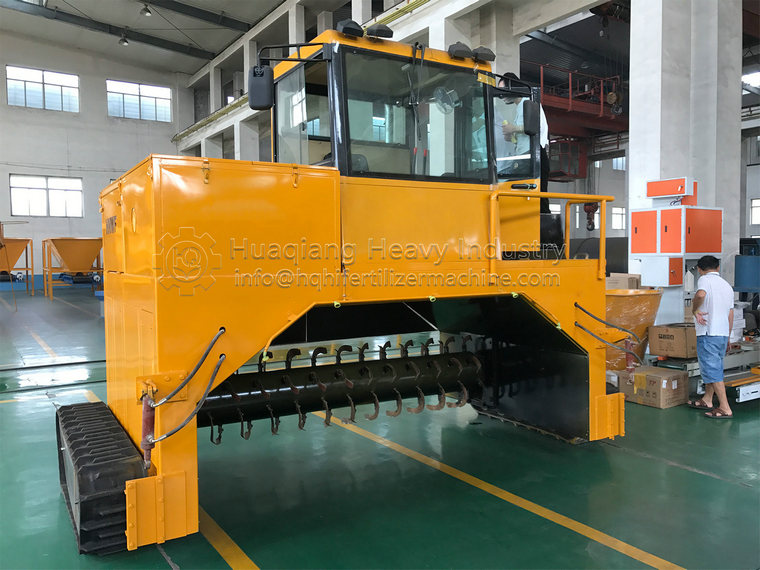Organic fertilizer granulation equipment: The granulation of mixed fertilizer is an important process in the granulation process. It is not only related to the internal and external quality of the product, but also related to the size of the output and the cost. In addition to the physical and chemical properties of the material itself, it is also closely related to the form and mechanical properties of the granulation equipment. The main types of npk fertilizer granulator are disc granulator, drum granulator, twin shaft granulator, extrusion granulator and spray granulation dryer, etc.

Precautions for operating the disc granulator:
1. Water content: the control of water content in the operation of the organic fertilizer equipment disc granulator. When the disc granulator is running, the inclined disc granulation process is adopted. The pelletizing process requires high moisture content, and poor moisture control can lead to a decrease in pelletizing speed.
2. Materials: Pay attention to the quality of various materials to ensure that sundries, large pieces and large particles are not mixed into the feed. In addition, they should pay attention to the temperature of the equipment feed, because if the temperature of the die is too high, the material can easily break and stick to the die after startup.
3. Disc inclination: Pay attention to the change of the inclination of the disc granulator during operation. The disc granulator machine has a certain inclination angle. If the inclination angle changes due to unexpected reasons, it will also affect the granulation rate of organic fertilizer granules and also affect the service life.
4. Body temperature: The operator should also pay attention to the temperature change of the body at any time. During the normal operation of the granulator, the operator should maintain a stable machine temperature and do not allow the temperature to rise and fall.
5. Speed: When using the disc granulator, in order to ensure that the produced particles are uniform, smooth and complete, attention should be paid to ensure that the feeding is uniform and sufficient, and the feeding speed and feeding speed of the equipment should be properly matched to avoid particle quality and Production fell.

.jpg)


.jpg)


.jpg)